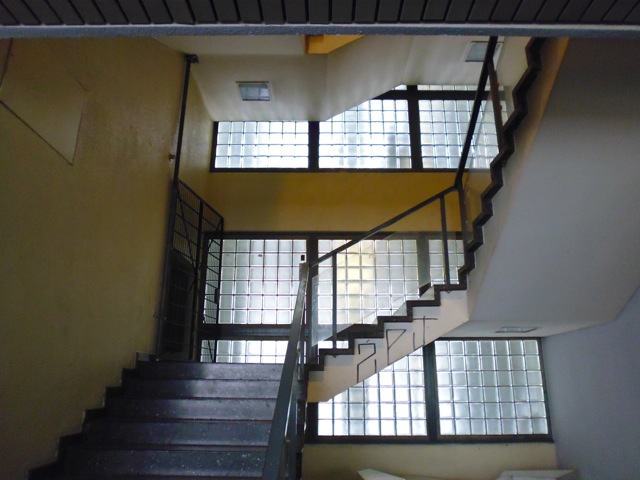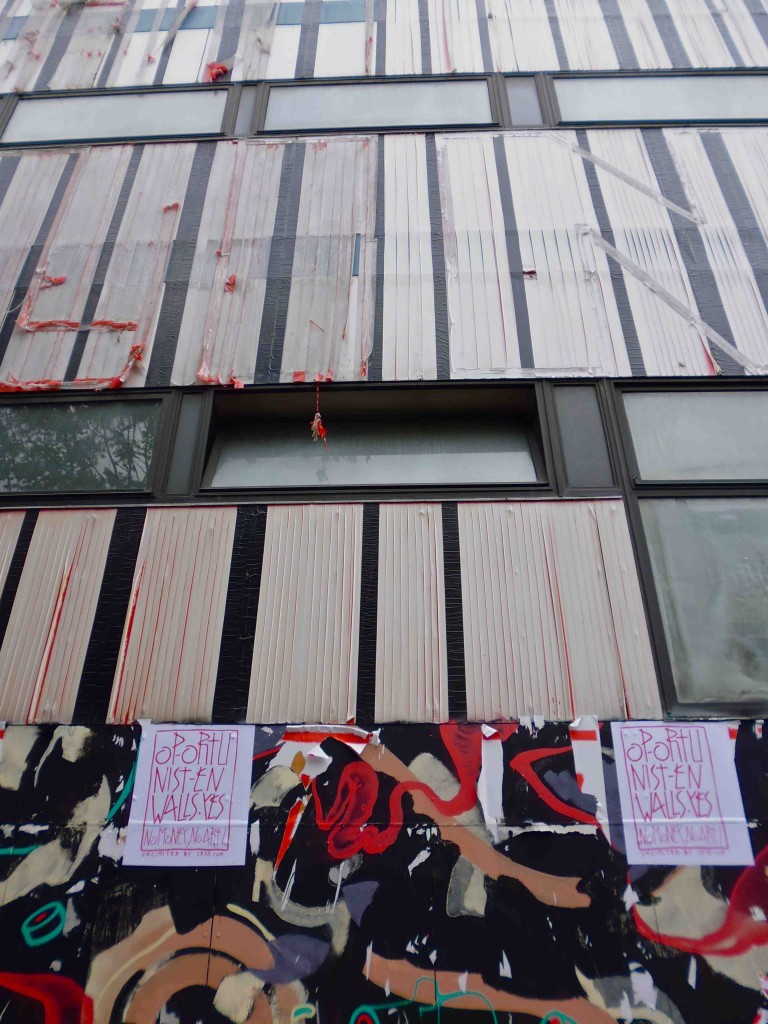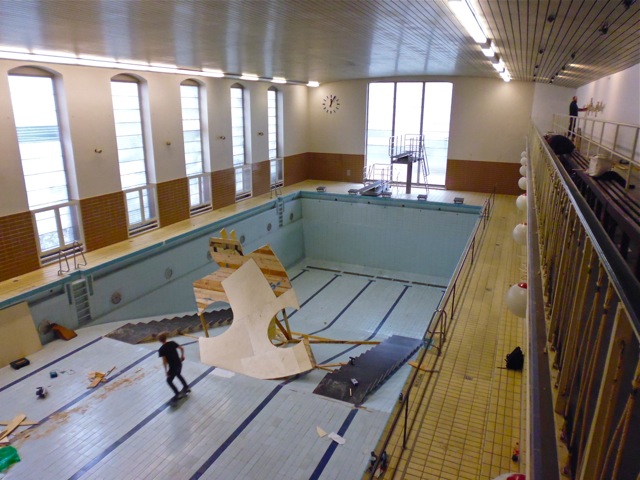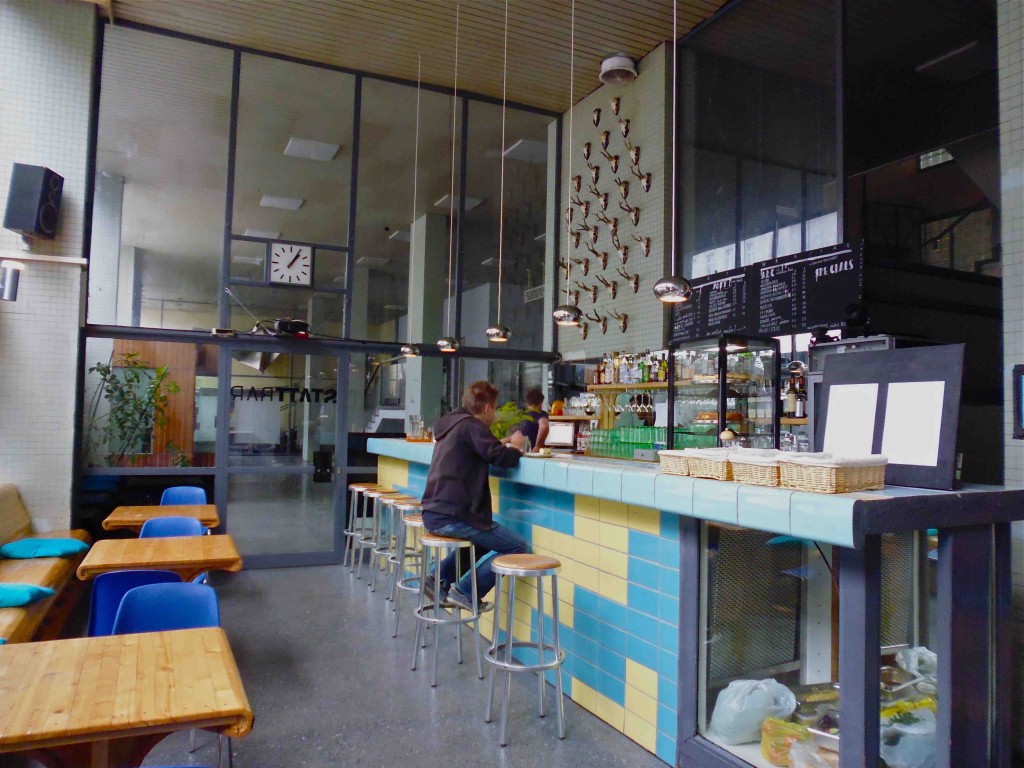Stattbad Wedding: Novelty and Nostalgia
When I come to Stattbad Wedding, I feel like I’m diving into both the nostalgia for what Berlin was, and also the novelty of what it could become.
If I were to try to describe the ‘Berlin aesthetic’ to someone what would it be? It would be a place in bad repair––peeling, weathered, industrial–– whose original function has been replaced by a new one. A nightclub in a former power plant is the most famous example. Here in Wedding is a less celebrated one (I’m following up on a recent theme in The Needle): the old city public pool has been turned into an arts space (from Stadtbad (city pool) cleverly into Stattbad (‘instead of’ pool)).
I first started to hear more about this place when one of my students began working here. He would show up wide-eyed to class like he hadn’t slept, but with an alertness and awareness of experiencing and immersing himself joyfully in Berlin at its most creative.
My most recent visit was at the wrong time of day, I suppose––I mean, the middle of the day instead of the middle of the night when there are often great DJ sets right inside the old swimming pool. At half-past two, a group was setting up an art exhibit and skateboarding in the empty basin.
I wandered freely around the old public space, where signs of its previous use are everywhere: indications of the men’s and women’s changing rooms, the sauna, the ‘Erfrishungsraum’ (or refreshment room). This reminds me a little of the Tempelhof Airfield where you can follow the old aerial indications, which likewise have not been removed, when biking down the runway. It’s precisely this dissonance between apparent use and actual use that makes these Berlin spaces so intriguing and sexy.
The Stadtbad space is sometimes incorrectly described as an 1907 building (which, if you have eyes, you will notice is not the case). The original building, designed by Hoffmann who also did the pool on Oderberger Straße, was destroyed in WW2, and rebuilt in 1960. The pool fell out of use in 2001 (hygienic reasons are cited––I wonder what exactly) and in 2009 the conversion to an arts space was complete.
And what an arts centre: apart from the unusual pool, which remains just like a pool except without water, there’s a great bar open during the day, and some funky expositions. All this in an interior of simple modernist lines, stairwells, and tall unadorned windows. It’s like the whole place could be folded up geometrically.
Dashed across these quadratic shapes is lots of beautiful wear and tear: scratches, paint spills, graffiti, all that stuff that makes you cry ‘Berlin’. Except, and here is the novelty, in a space occupied and used by Berliners well away from the tourist trail in one of the city’s grimiest and most unjustifiably maligned neighbourhoods. It makes me think that maybe, maybe, maybe, it’s just possible that with the growth of the arty city into new digs, away from the old arts neighbourhood of Mitte, there’s still room for an independent arts scene that has escaped the consumeristic rat race of the market.
Then comes the nostalgia, of course, because I am looking for something in this space to replace what has been lost in so many other parts of the city with gentrification. But wait: precisely spaces like these are the forerunners of gentrification––the magnet for the first wave! Increasingly I think Wedding is ‘next’. When will that be? And then when will it all be over?
No, don’t worry about that quite yet, because right now the old is still new.










